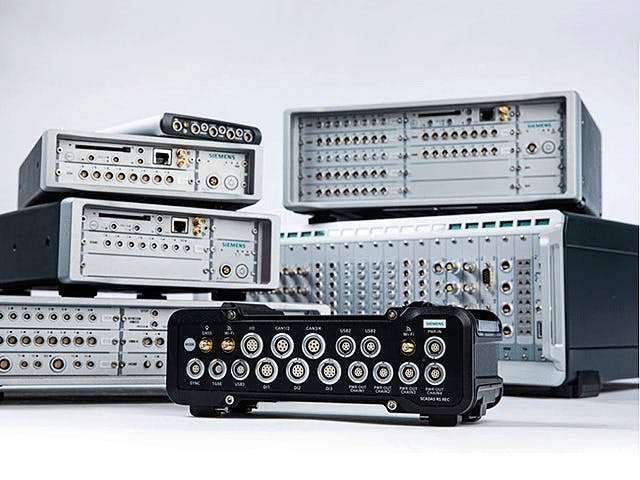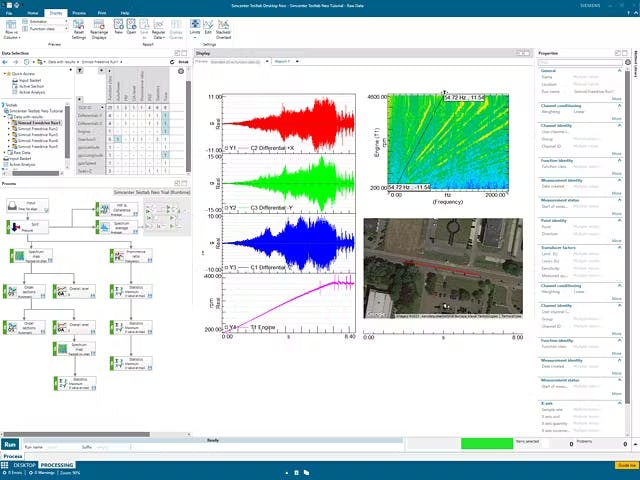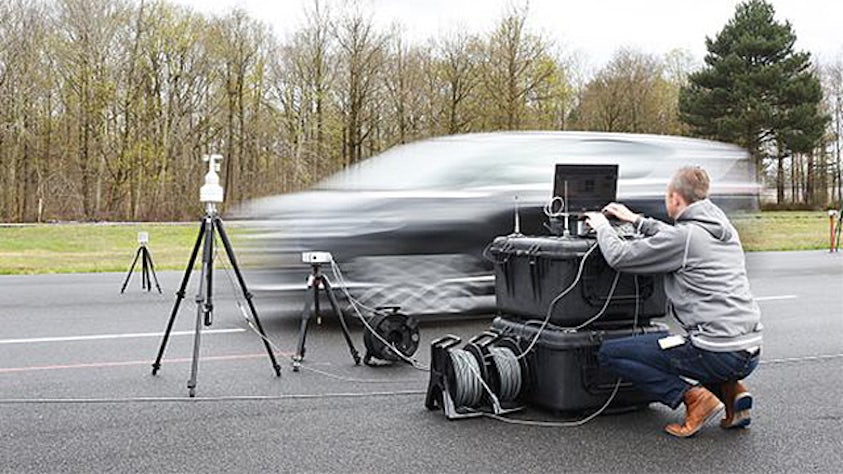NVH test engineers face the dual challenge of reducing time-to-market and development costs while ensuring quality and completeness. Limited prototype availability and testing time further complicate their work, demanding increased efficiency in product validation. In this challenging environment, they must evaluate multiple test conditions and applications while still meeting the highest standards.
Simcenter provides dedicated solutions to transform productivity of your NVH testing campaigns. Combine scalable data acquisition hardware with test measurement, processing and analysis software to make NVH tests more cost-effective. Simcenter’s intuitive and scalable NVH testing solutions enable efficient measurement, analysis, reporting and data sharing. They support a wide range of NVH activities at different stages of the development cycle, from troubleshooting to high channel count multi-physics performance testing campaigns.
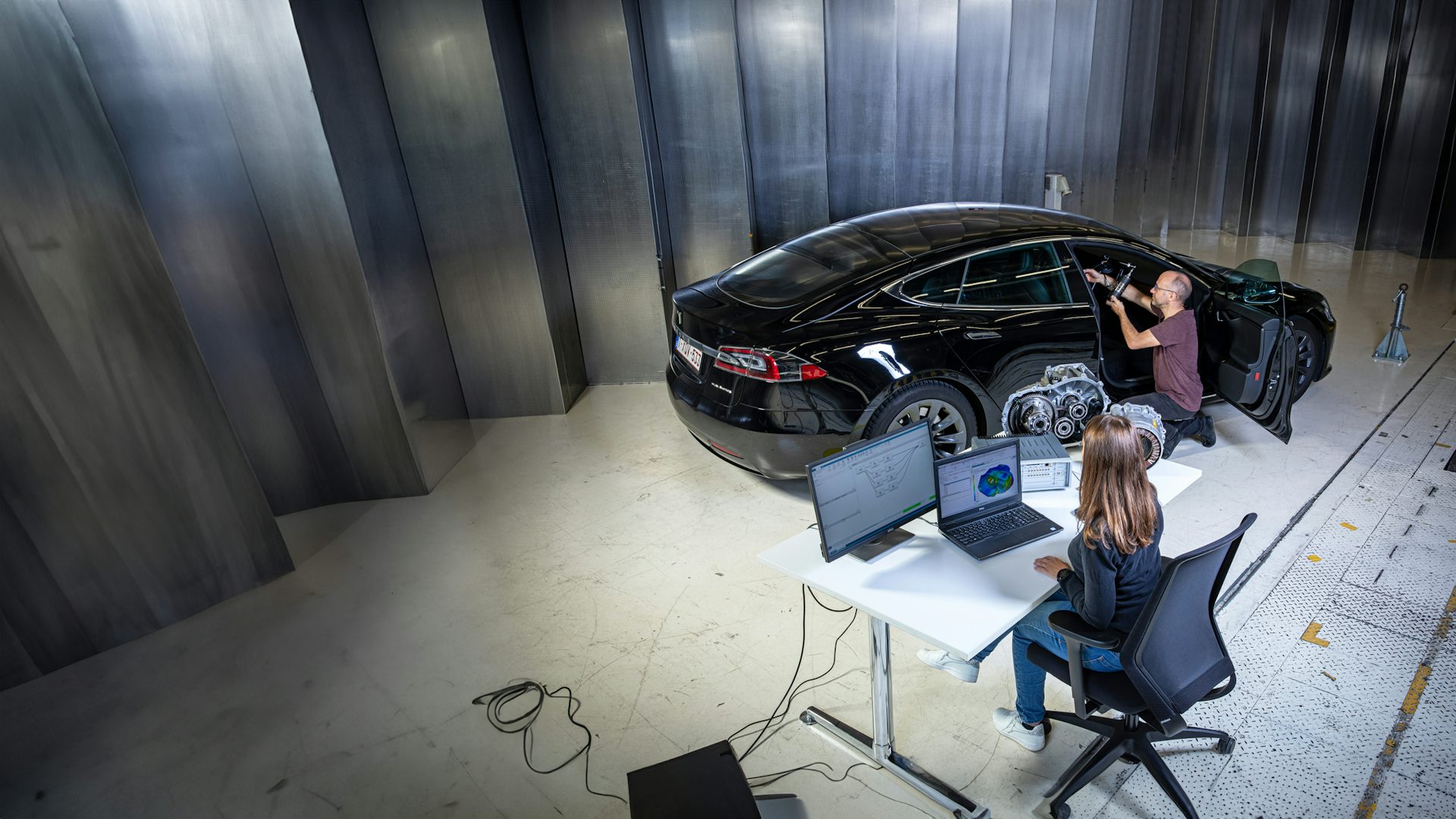

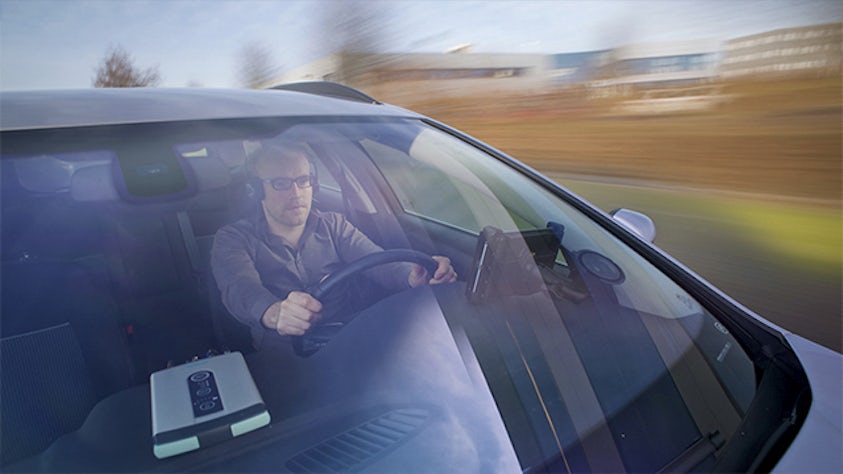
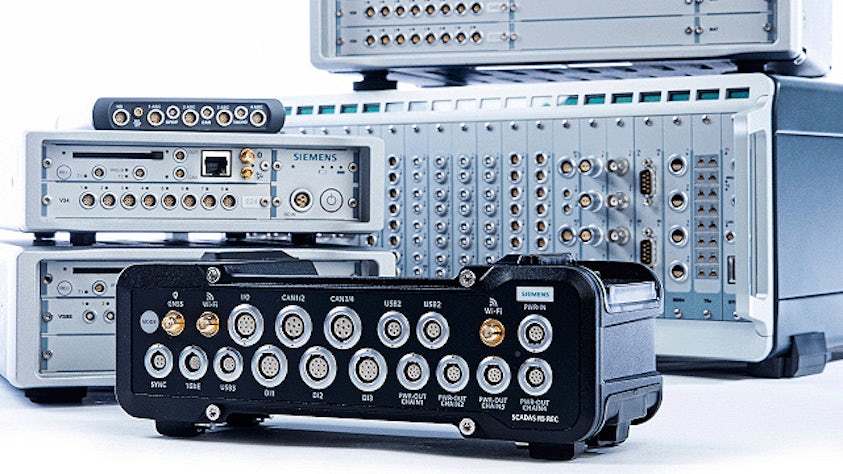
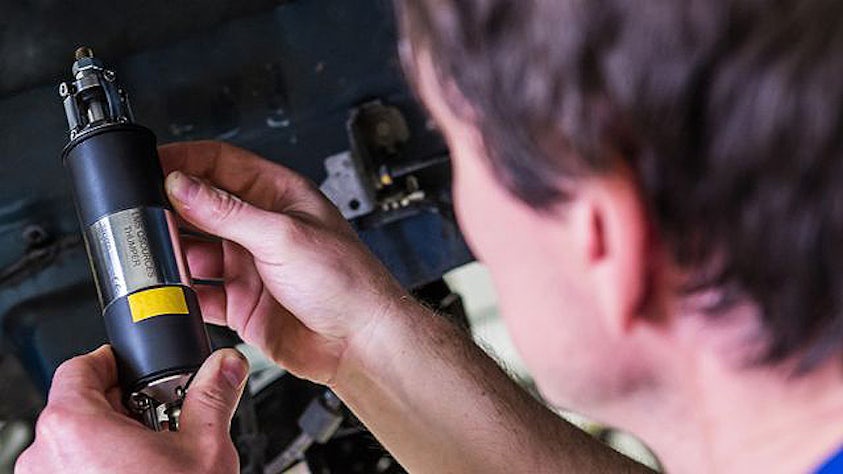
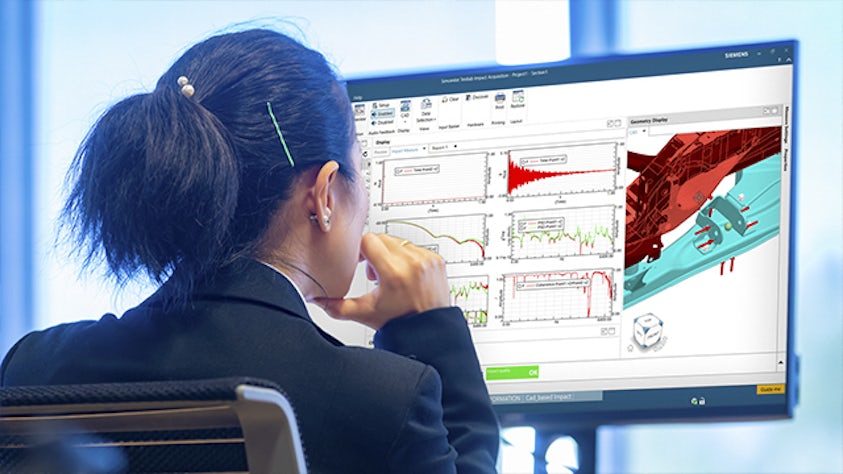
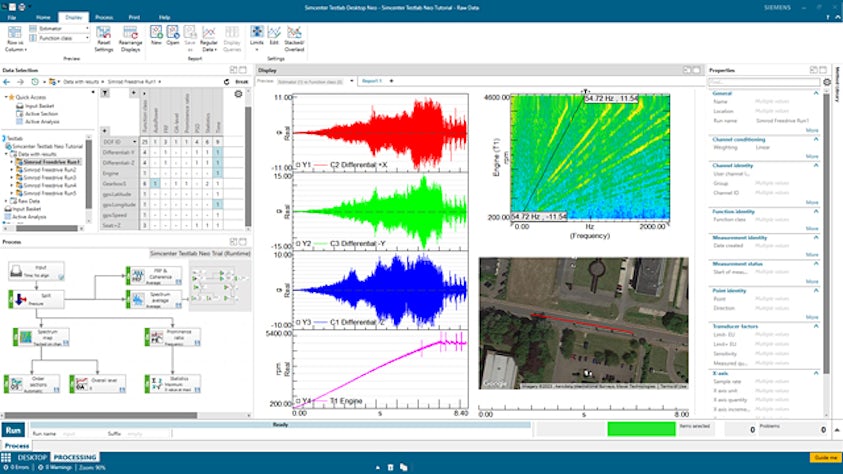



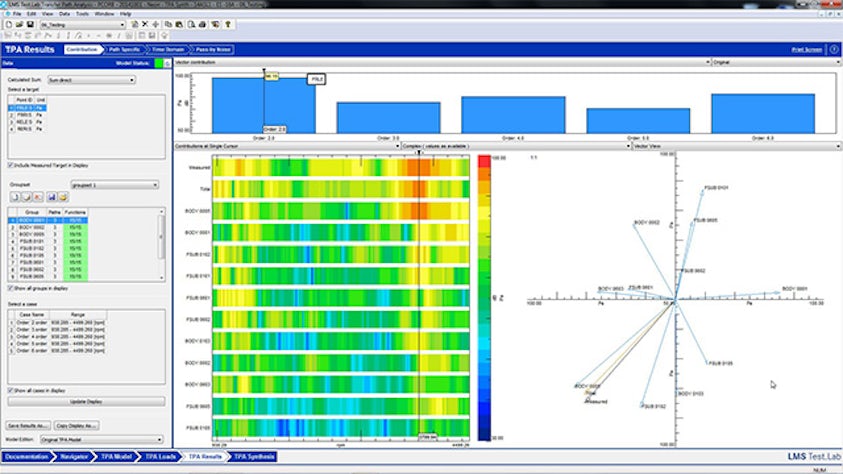





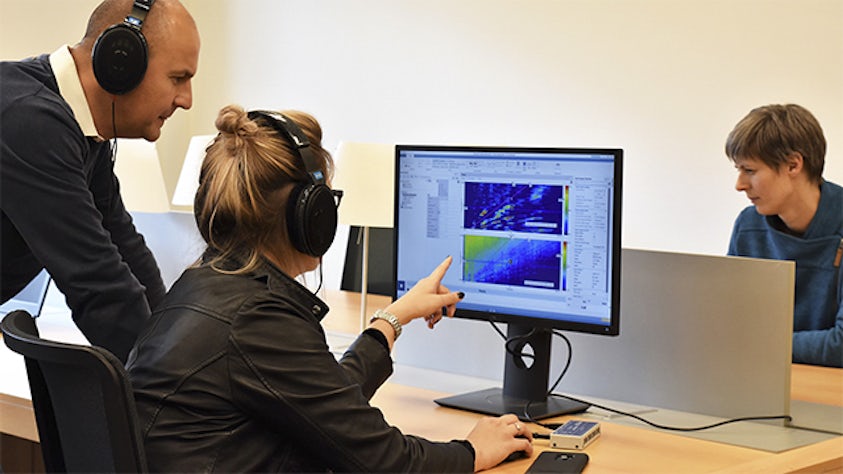

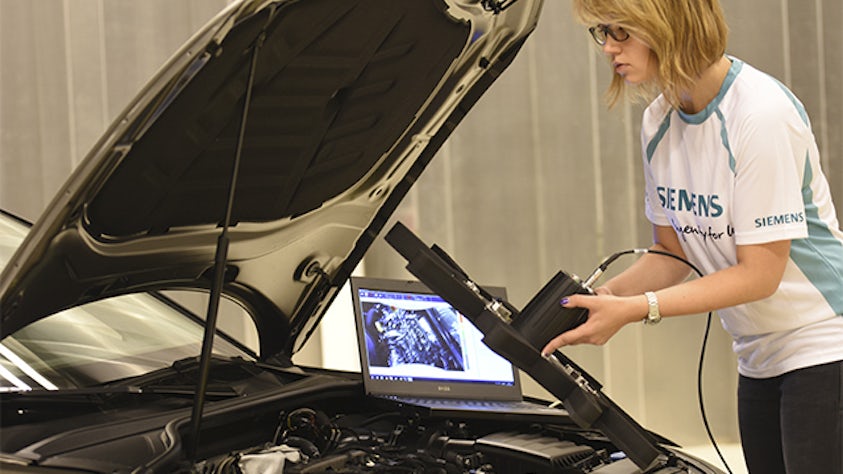

-640x360.jpg?auto=format,compress&w=843&q=60)

